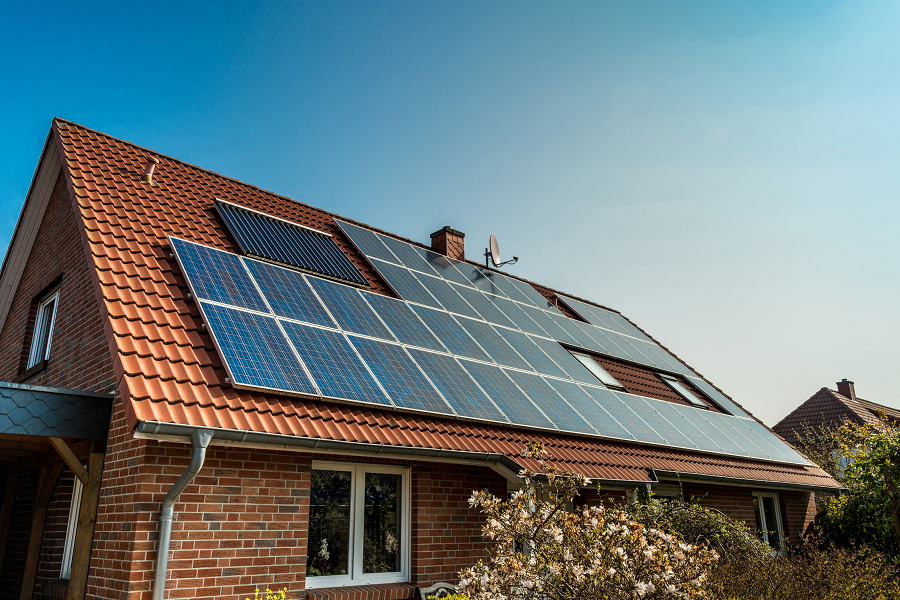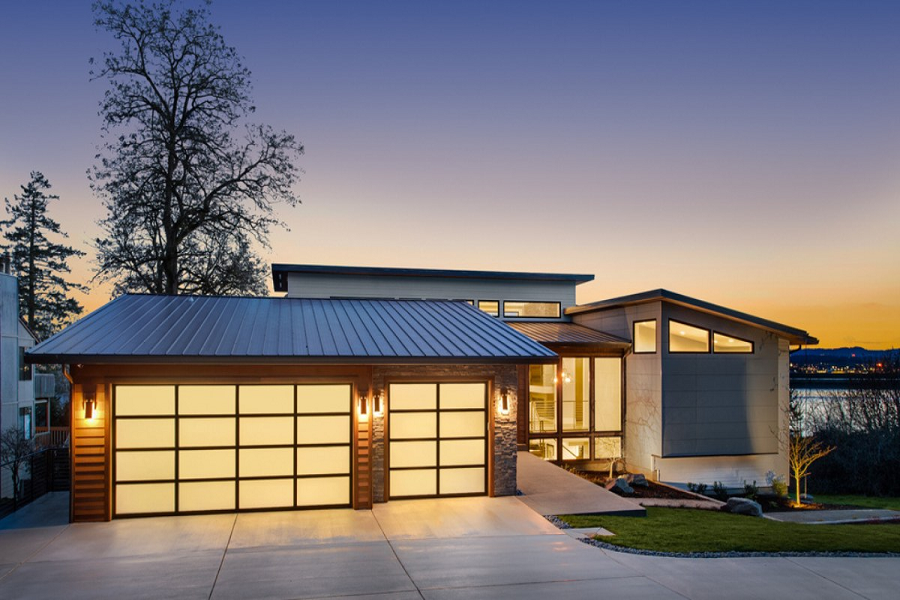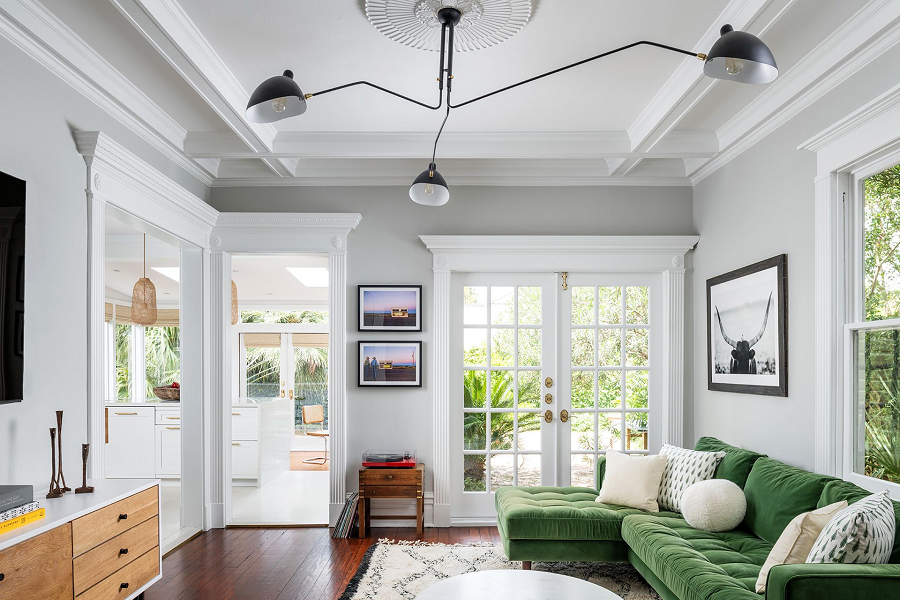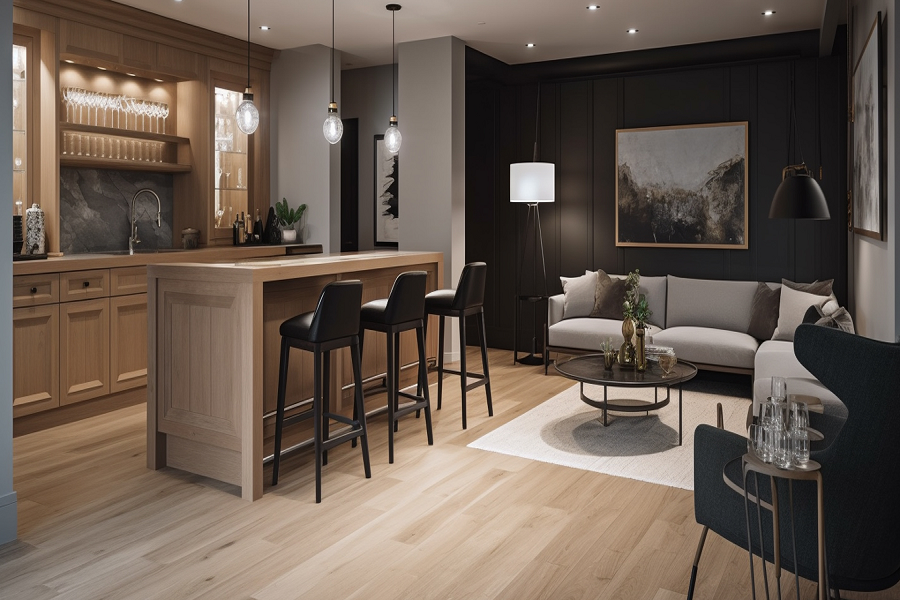In the sphere of both residential and commercial management, the integral facet of Heating, Ventilation, and Air Conditioning (HVAC) systems, though frequently unnoticed, assumes a paramount role in cultivating spaces that are not only comfortable but also environmentally conscious. With the relentless progression of technology and an escalating emphasis on sustainability, the prospect of replacing antiquated HVAC systems emerges as a prime moment to welcome transformative innovation. This article explores unique ideas for HVAC replacement that go beyond traditional upgrades, aiming to enhance both comfort and efficiency.
Smart HVAC Systems:
In the era of smart technology, integrating intelligent HVAC systems can revolutionize how we control indoor environments. Smart thermostats, connected to Wi-Fi networks, enable remote temperature adjustments and can learn users’ preferences over time. Additionally, these systems can be programmed to optimize energy usage based on occupancy patterns, contributing to substantial energy savings.
Energy-Efficient Zoning:
Rather than treating an entire building or home as a single zone, consider implementing a zoning system that divides spaces into distinct temperature zones. This allows for more precise control over the climate in different areas, minimizing energy consumption. By installing individual thermostats for specific zones, occupants can enjoy personalized comfort while optimizing energy efficiency.
Geothermal Heating and Cooling:
For a sustainable and energy-efficient alternative, geothermal HVAC systems harness the Earth’s natural heat. Utilizing the earth’s natural temperature for efficient heating in colder months and cooling during warmer seasons, geothermal systems stand out as a sustainable solution. Although the initial installation expenses may be relatively higher, the substantial long-term energy savings and positive environmental impact make geothermal systems an attractive choice for individuals seeking to minimize their carbon footprint.
Utilizing Solar Energy for HVAC Systems:
Adopting a forward-thinking stance in HVAC replacement involves incorporating renewable energy sources like solar power.

Advanced Air Purification Systems:
Elevating the emphasis on indoor air quality becomes a paramount consideration when undertaking HVAC replacement. Integrating state-of-the-art air purification systems becomes a cornerstone in enhancing occupant well-being. Innovations such as High-Efficiency Particulate Air (HEPA) filters, ultraviolet (UV) light systems, and air ionizers stand out as key elements in the quest to eradicate pollutants and allergens, thereby cultivating a healthier indoor environment.
HVAC Retrofits with Energy Recovery Ventilation (ERV):
Retrofitting existing HVAC systems with Energy Recovery Ventilation (ERV) units can boost energy efficiency by recovering and exchanging heat between incoming and outgoing air streams. ERV systems ensure a constant flow of fresh air while minimizing the loss of conditioned air, contributing to improved indoor air quality and reduced energy costs.
Innovative Ductless HVAC Solutions:
Ductless HVAC systems provide an alternative to traditional ductwork, offering flexibility in design and installation. These systems are more energy-efficient, eliminate the energy losses associated with ductwork, and allow for independent temperature control in different zones. They are particularly suitable for retrofitting spaces without existing duct systems.
In conclusion, HVAC replacement is an opportune moment to embrace innovative solutions that enhance both comfort and energy efficiency. From smart technology integration to sustainable alternatives like geothermal and solar power, these ideas not only future-proof indoor environments but also contribute to a more sustainable and eco-conscious approach to heating and cooling.











